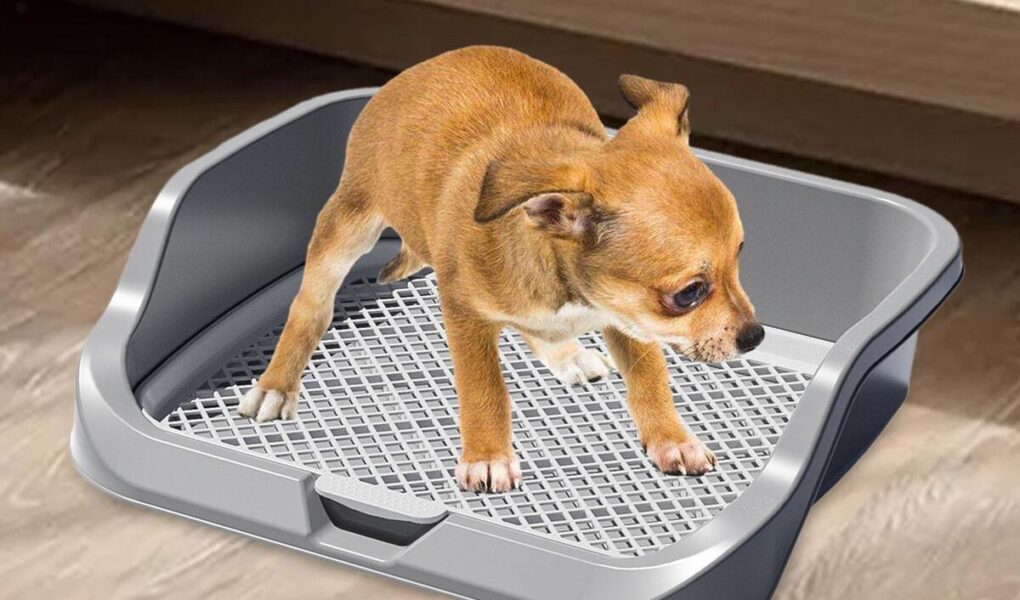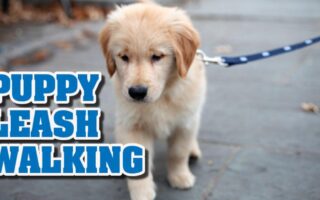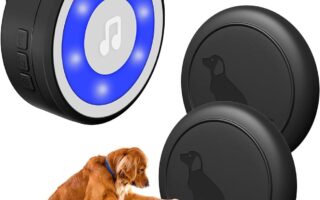In the ever-evolving landscape of pet care, where convenience meets compassion, the indoor dog toilet stands out as a revolutionary solution for pet owners navigating the challenges of urban living and unpredictable weather. Gone are the days of hurried walks in the rain or frantic dashes to the nearest patch of grass. This practical innovation caters to both the needs of our furry companions and the lifestyles of their humans, transforming the daily ritual of relieving in the great outdoors into a seamless indoor experience. In this article, we will explore the various types of indoor dog toilets available, their benefits, and tips for successful integration into your home, ensuring that both you and your canine friend can enjoy the comforts of a harmonious living environment. Whether you’re a seasoned dog owner or a new puppy parent, understanding the advantages of this ingenious solution might just change the way you view pet care forever.
Table of Contents
- Choosing the Right Indoor Dog Toilet for Your Pups Needs
- Understanding the Benefits of Indoor Dog Toilets for Pet Owners
- Tips for Training Your Dog to Use an Indoor Toilet Successfully
- Maintaining Hygiene and Cleanliness with Indoor Dog Toilets
- Q&A
- In Retrospect
Choosing the Right Indoor Dog Toilet for Your Pups Needs
When selecting an indoor dog toilet, it’s crucial to consider the specific needs of your pup. Size is a primary factor; larger breeds require more space, while smaller dogs might need compact options. Additionally, think about your dog’s habits and preferences. Some dogs prefer grass-like surfaces, while others may feel comfortable with a pad. It’s essential to choose a product that aligns with your dog’s natural inclinations to encourage use. Consider the following features when weighing your options:
- Material: Look for non-toxic, durable materials that are easy to clean.
- Size and Height: Ensure the toilet is the right size for your dog’s breed and can be easily accessed.
- Odor Control: Features that minimize odors can greatly enhance your indoor environment.
- Drainage System: A product with proper drainage helps to keep the area clean and sanitary.
Moreover, it’s helpful to evaluate the design of the indoor toilet. Some models come with features like removable trays or built-in wipes for easier maintenance. It’s worth considering if your dog might need encouragement or training to adapt to using an indoor toilet. You can even create a small training schedule for your pup, guiding them through the transition. To assist you, here’s a simple comparison table of popular indoor dog toilet options:
| Product | Features | Best for |
|---|---|---|
| PetSafe Pet Loo | Grass mat, odor control | Medium to large breeds |
| PetFusion Portable Toilet | Easy clean, lightweight | Small to medium dogs |
| Divvy Dog Training Pad | Quick-dry material, reusable | Housebreaking puppies |
Understanding the Benefits of Indoor Dog Toilets for Pet Owners
Indoor dog toilets offer a practical solution for pet owners looking to enhance the comfort and cleanliness of their homes. These innovative setups can assist in managing your pet’s toilet needs, especially in adverse weather conditions or during late-night hours when access to outdoor spaces is compromised. With an indoor toilet, pet owners can enjoy the following advantages:
- Convenience: No need for rushed trips outside; your pet can relieve themselves in any weather.
- Cleansing Control: Indoor toilets can reduce the risk of accidents, keeping floors and carpets cleaner.
- Training Tool: Useful for potty training, providing pets a designated spot to learn.
Additionally, maintaining consistency in your pet’s routine assists in promoting healthy habits. An indoor dog toilet can also be particularly beneficial for elderly dogs or those with mobility issues, ensuring they have easy access whenever the need arises. The features can vary widely, but many models include elements such as:
| Feature | Description |
|---|---|
| Odor Control | Activated carbon filters help minimize unpleasant smells. |
| Easy Cleanup | Many designs allow for quick drainage and cleaning. |
| Portable Options | Some models are lightweight and easy to move around the house. |
Tips for Training Your Dog to Use an Indoor Toilet Successfully
Training your dog to use an indoor toilet requires patience and consistency. Begin by choosing a designated spot for the indoor toilet, making it clear to your dog that this is the appropriate area. Use a specific command each time, such as ”go potty,” so your dog associates the phrase with the action. When your dog has successfully used the toilet, reward them immediately with praise or treats. Positive reinforcement is crucial, as it encourages your dog to repeat the desired behavior.
It’s essential to establish a routine that includes regular bathroom breaks, especially after feeding, waking up, or playing. Watch for signs that your dog needs to relieve themselves, such as circling or sniffing. Employ a reward chart to track your dog’s progress—this can include markers for successful toilet use, and rewards can be given after a certain number of successes. By maintaining consistency in commands, rewards, and schedules, you’ll help your dog adapt to their new indoor bathroom habits more effectively.
| Time of Day | Activity |
|---|---|
| Morning | First potty break after waking |
| After Meals | Encourage bathroom use |
| Evening | Last call before bedtime |
Maintaining Hygiene and Cleanliness with Indoor Dog Toilets
Keeping a clean and hygienic environment is essential for both pets and their owners, and indoor dog toilets play a crucial role in achieving this balance. By providing a designated area for your dog to relieve itself, you can significantly reduce the chances of accidents in the house. Here are some effective strategies to maintain cleanliness when using indoor dog toilets:
- Regular Cleaning: Ensure that you clean the indoor toilet regularly to prevent lingering odors and bacteria buildup.
- Use High-Quality Products: Invest in absorbent pads or materials that can effectively contain liquid waste and are easy to dispose of.
- Proper Ventilation: Ensure the area is well-ventilated to keep the air smelling fresh and to help dry out any moisture.
Many indoor dog toilets come with trays or removable parts that simplify the cleaning process. Opt for ones that are designed to minimize mess and can be easily rinsed or wiped down. To help visualize the differing features available, here’s a comparison of a few popular indoor dog toilet styles:
| Type | Features | Ease of Cleaning |
|---|---|---|
| Grass Pads | Realistic feel, odor control | Moderate - replace grass as needed |
| Artificial Grass | Reusable, easy to clean | Easy - rinse and dry |
| Disposable Pads | Convenient, no washing required | Very Easy - just discard |
By selecting the right type of indoor dog toilet and adhering to a regular cleaning schedule, you can maintain a fresh and hygienic living space for both you and your furry friend. Remember, a clean environment contributes to the overall health and happiness of your pet, making it a win-win situation for everyone.
Q&A
Q&A on Indoor Dog Toilets: A Comprehensive Guide
Q1: What is an indoor dog toilet?
A1: An indoor dog toilet is a designated area or product that provides a space for dogs to relieve themselves within the confines of a home. These can come in various forms, such as artificial grass patches, specialized pads, or litter boxes designed for dogs. They offer a convenient solution for pet owners, particularly in urban environments or during inclement weather.
Q2: Who can benefit from an indoor dog toilet?
A2: Indoor dog toilets are ideal for several situations. Pet owners living in apartments or homes without easy access to outdoor space, those with elderly or ill pets who may struggle with mobility, and individuals who work long hours can all find these toilets beneficial. Additionally, they are useful for potty training puppies, providing a reliable alternative when outdoor access is limited.
Q3: How do I choose the right indoor dog toilet for my pet?
A3: When selecting an indoor dog toilet, consider the size of your dog, your living space, and your dog’s personal preferences. Look for products that are easy to clean, made from durable materials, and provide a comfortable surface for your pet. Additionally, consider if you’d prefer one that mimics outdoor grass or a simpler pad design. Reading reviews from other dog owners can also offer valuable insights into which products perform well.
Q4: How do I train my dog to use an indoor toilet?
A4: Training your dog to use an indoor toilet takes patience and consistency. Start by introducing your dog to the toilet and encouraging them to sniff and explore the area. You can use verbal cues or commands when you take them to the toilet, and be sure to praise them when they use it correctly. Gradually establish a routine that includes taking your dog to the toilet after meals, playtime, or naps. Positive reinforcement will build their confidence and understanding of the process.
Q5: Are indoor dog toilets effective in preventing indoor accidents?
A5: Yes, indoor dog toilets can be effective for reducing indoor accidents when properly introduced and consistently used. They provide a designated spot for pets to relieve themselves, which can help channel their natural instincts in a constructive way. However, the success of these toilets largely depends on effective training and the individual pet’s habits.
Q6: What maintenance is required for indoor dog toilets?
A6: Maintenance varies based on the type of indoor dog toilet you choose. For grass patch systems, regular cleaning and watering are essential to keep the area fresh and odor-free. Specialized pads may need to be replaced frequently, while litter box-style toilets require routine scooping and replacement of the litter. Always follow the manufacturer’s instructions for cleaning to ensure the toilet remains hygienic and effective.
Q7: Can I use an indoor dog toilet for multiple dogs?
A7: Yes, many pet owners successfully use indoor dog toilets for multiple dogs. However, ensure that the toilet is spacious enough to accommodate the needs of all your pets. It may also be necessary to monitor their behavior to encourage each dog to use the toilet appropriately, especially if they have habits of marking their territory. Maintaining cleanliness is crucial in preventing conflicts or reluctance to use the toilet.
Q8: Are there any downsides to using an indoor dog toilet?
A8: While the benefits often outweigh the downsides, there are a few potential challenges. Not all dogs will take to an indoor toilet immediately, and some may prefer going outdoors. There can also be issues with odors if not maintained properly. Ensuring proper training and regular cleaning can mitigate most of these concerns. It’s essential for pet owners to assess their dog’s needs and preferences to determine if an indoor toilet is a suitable choice.
Q9: Are there budget-friendly options for indoor dog toilets?
A9: Absolutely! Indoor dog toilets come in a range of prices, from basic pee pads to more elaborate multi-layer systems. You can also create a DIY solution using pee pads or washable fabric alternatives if you’re looking to save money. Just remember that regardless of your budget, hygiene and comfort should always be top priorities in your selection.
By understanding the ins and outs of indoor dog toilets, pet owners can make informed decisions that promote a harmonious living environment for their furry friends.
In Retrospect
the indoor dog toilet emerges as a practical solution for pet owners seeking convenience without sacrificing your furry friend’s comfort. As lifestyles evolve and urban living continues to rise, these innovative products offer a reliable alternative for potty training and managing bathroom needs, especially for those in apartments or adverse weather conditions. With various designs and materials available, there’s no doubt you can find an option that fits seamlessly into your home and lifestyle. By investing in an indoor dog toilet, you’re not only promoting cleanliness and ease but also fostering a harmonious environment for both you and your canine companion. As you embrace this modern approach, may your home remain a haven for both play and peace, where every wagging tail and playful bark can thrive.



